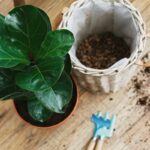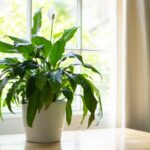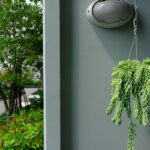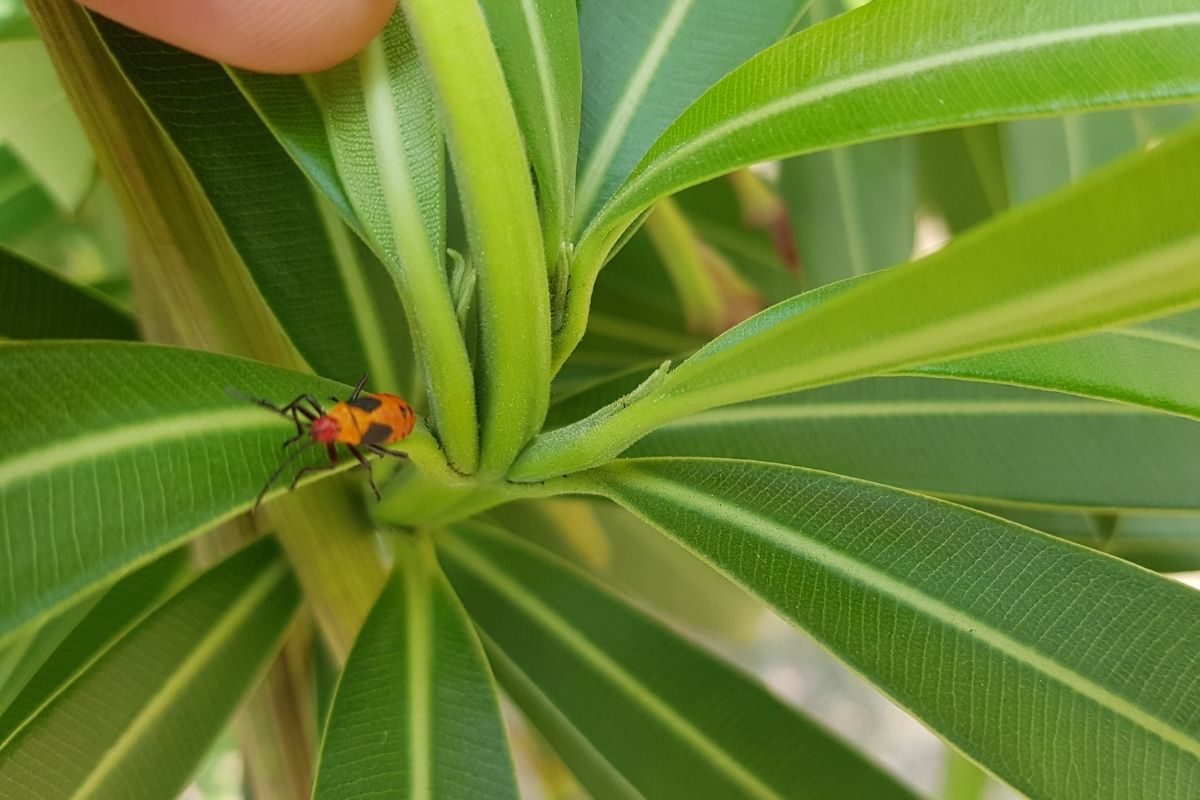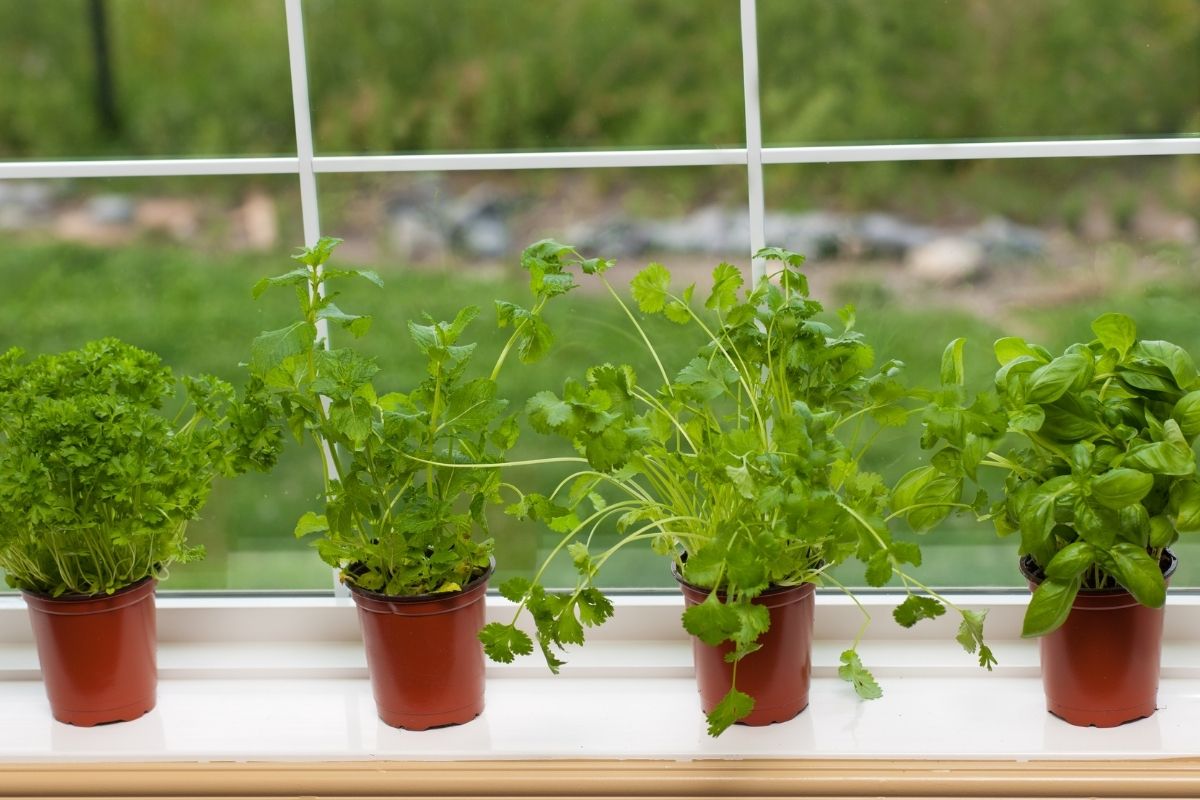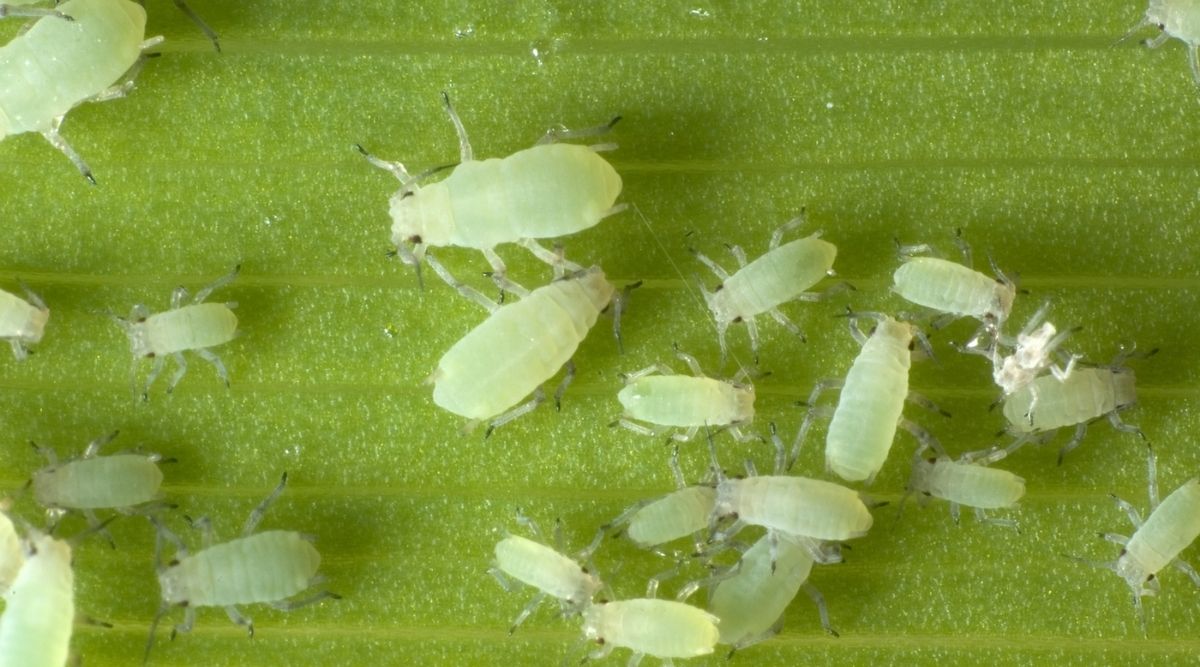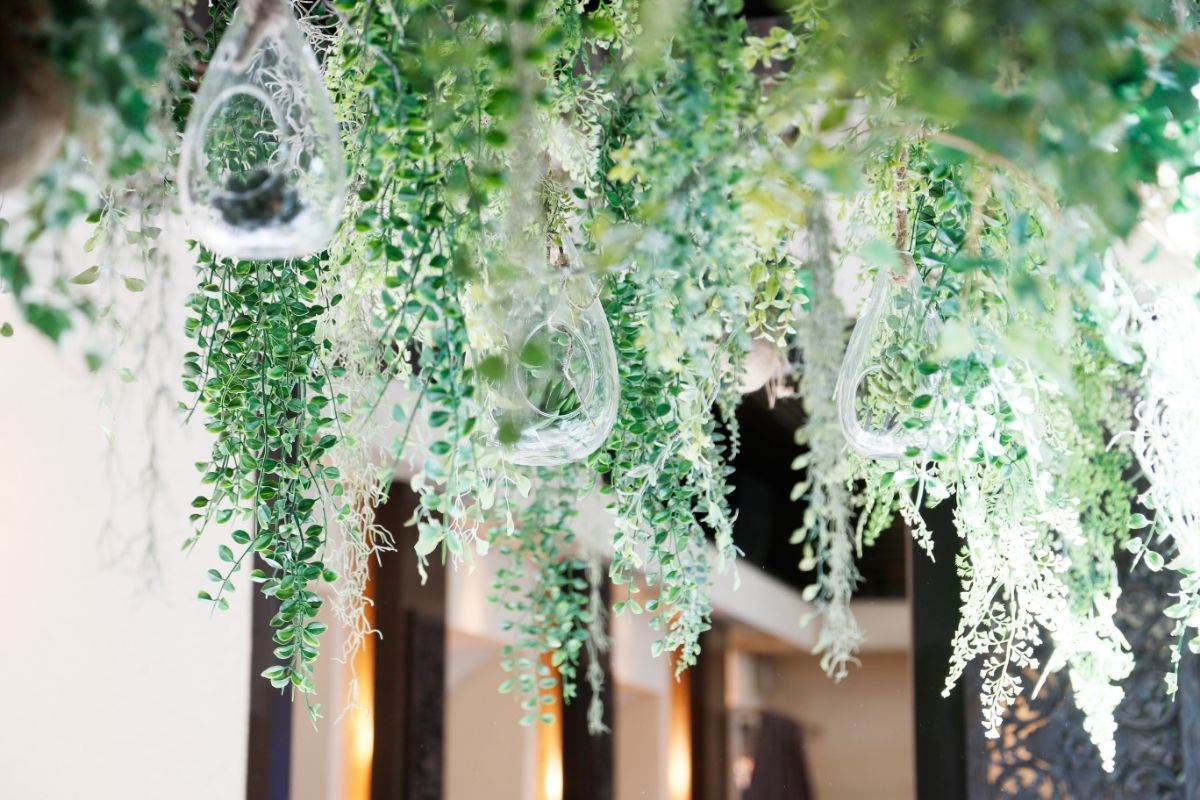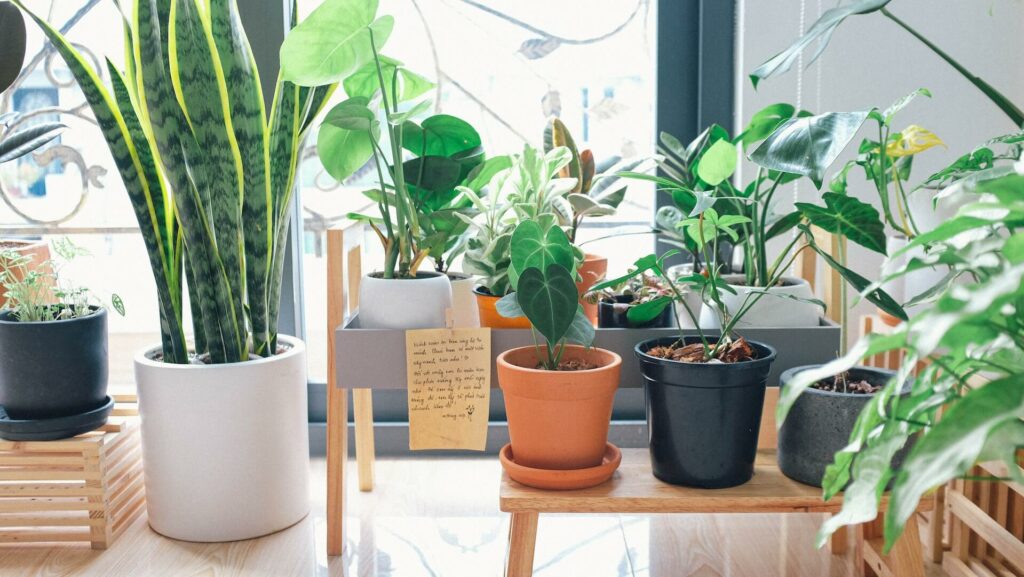
Indoor plants are really trendy right now and for good reasons. Indoor plants have been found to improve air quality and psychological well-being, in addition to being aesthetically pleasing.
If you are interested in starting a home garden but don’t know where to start, check out these indoor plant guides that we have prepared for you . Even if you don’t have a so-called green thumb, we will show you how to care for indoor plants like a pro by covering everything you need to know.
How to Properly Tend to Your Houseplants
The most important thing to keep in mind when caring for plants is that you are attempting to replicate conditions as close as possible to their natural habitat in the container. In other words, the environment in which the plant was developed should be replicated as closely as possible.
Many of these plants are tropical in origin. Meaning, they grow in low light and average indoor temperatures. It doesn’t matter what kind of plant you are growing, you will still need to pay attention to these indoor plants’ essentials.
Light
The energy source for our indoor plants is light. It is essential for photosynthesis to occur, and without it, plant growth would be stunted at best.
Soil
The type of soil a plant requires might vary greatly, even though it’s best to find out what kind of soil your plant likes and buy that. Do not just go outside and begin removing soil from your yard for use in a garden. That isn’t what plants require at all, and it’s usually too dense to drain quickly. For plants in pots, use potting soil.
Water
Many new plant parents make this mistake. Some of us drown or rot our plants by overwatering them, while others forget about them until they’re a husk.
Again, research your plant before watering because some need more or less water.
Desert plants, like succulents, need less water. Let the soil dry up between waterings. Tropical plants prefer more water. Only let the top few inches of soil dry out before watering.
Most store-bought plants include a raindrop symbol to indicate how much water they need.
Pots
The soil provides the plant with water and nutrients, so it must be in good condition if the plant is to thrive and resist disease. Any plant needs to be grown in a pot with drainage holes because soil is always draining in nature.
If your pot doesn’t have drainage holes, water will sit on the soil around your plant and eventually damage the roots. While it is true that some plants can thrive in pots without drainage, experts advise against trying this at home.
Fertilizer
Although both soil and potting mix have some nutrients in them, many plants will use them up in a matter of months. This is why, once you’ve had your plants for a few months, especially during their growing season, you should start giving them fertilizer.
Temperature and Humidity
The majority of plants marketed as indoor plants do well in normal indoor temperatures. Your plants should be fine unless your home is really cold or hot. Keep in mind that many tropical plants will suffer if they are near heaters, air conditioner vents, or drafts.
This one is difficult when it comes to humidity. If you reside in a dry environment, you may wish to provide some plants with a humidifier or keep them on a tray with stones and water. Some tropical plants require more humidity to keep their leaves healthy. To determine whether your leaves need extra humidity, look for signs of dryness and cracking.
Is it expensive to keep plants inside?
The cost of maintaining an indoor plant is typically extremely low. In general, the smaller the plant, the lower the costs. Customers are cautioned against purchasing plants from big plant shops. If a plant is big and cheap, it doesn’t necessarily mean you are getting a good deal. We advise you to do some research first, or talk with a knowledgeable garden center staff before making any purchases.
Conclusion
Having indoor plants around may brighten up a space and make you happier. We are hoping you have learned something from these indoor plant guides that will help you nurture your own houseplants. Each variety of plant has its own unique needs. You should figure out what works best for you in your specific setting through your own research.
- Best Hanging Plant For Low Light - September 4, 2023
- Best Indoor Plants Florida - August 28, 2023
- Best Plants For Bathroom Smells - August 21, 2023


